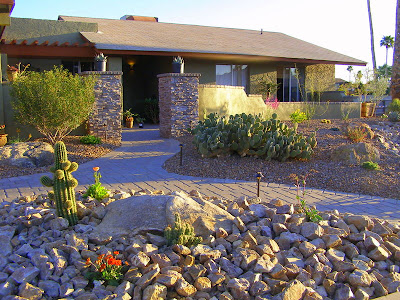

"Why, YES, of course!" says Queen creek Olive Mill. And now I am hoping to get on board. You see I have an Olive tree that I absolutely love, however, I have always seen the actual olives as either: 1. a mess OR 2. a cost to spray so the tree does not produce olives. After learning to make Spanish Tortilla from my brother (long story) and picking up on the passion of good Olive Oil and cooking from a dear friend, I gained a whole new and long overdue appreciation for Olives. So I wondered, "What can I do with all these Olives? There must be SOMETHING!" I started to research to learn about what type of Olive tree I had and what purpose the fruit could serve. I had a tough time finding any good info. Even the all powerful google didn't seem to know. Then I remembered a nice visit to the Queen Creek Olive Mill this year for lunch. I had a great time there sampling wine and olive oil. I was truly just reveling in the fact that a local business here in Phoenix was actually producing foods all itself and promoting sustainable farming, etc. In my travels I had seen many places like this but never here in my own town!
OK, I am beginning to ramble. Just check it out. I will be trying to have them press my olives this year and I guess they split the oil with you. Exiting. No mess, an nice excuse to be outside in the yard, AND a really great holiday cooking bonus! Happy Holidays!
Adam
PS: ON a landscaping note, Olive trees are no less than AMAZING. Very clean (you can get fruitless Olives too), very nice, versatile style, low water, easy to maintain, totally reliable, and..... get this.... they can lived over a thousand years old, needing less and less water as they mature. Planting them is really, really good for the future of this valley ! Why they are not used more by cities, homeowners , and businesses always surprises me. (I must add, that there are some allergy issues, so look into that before planting)









